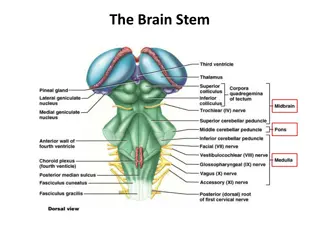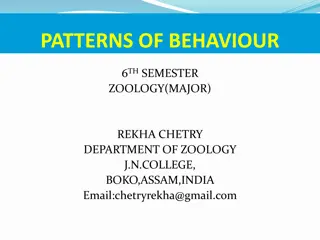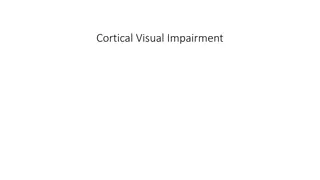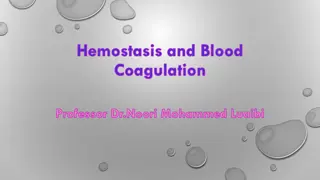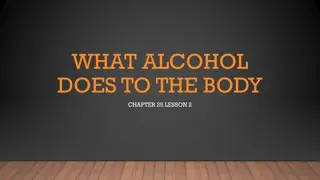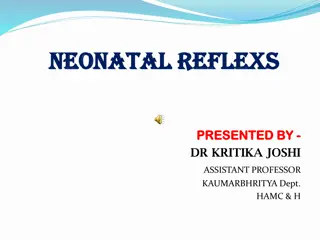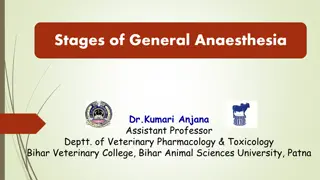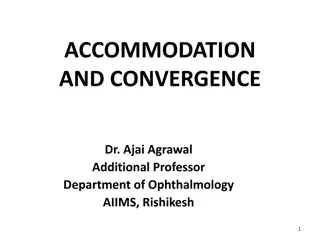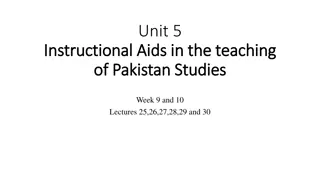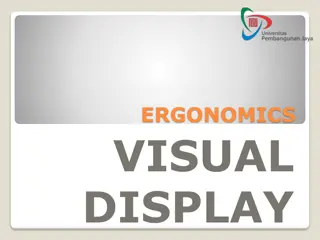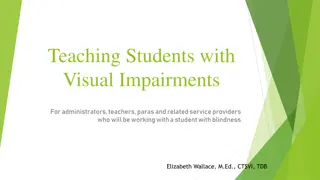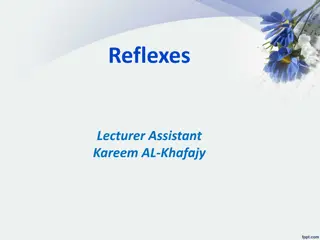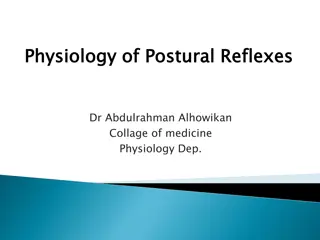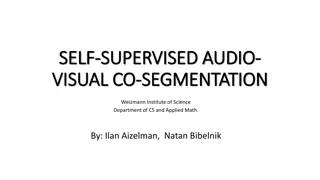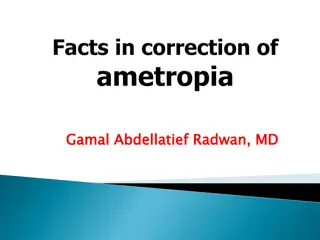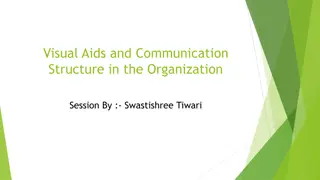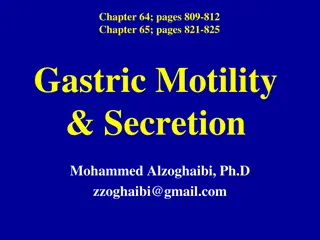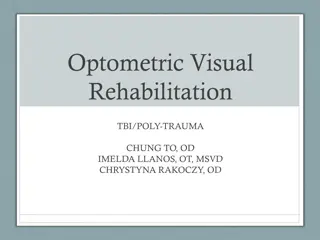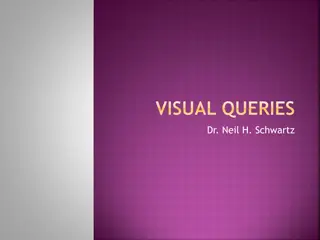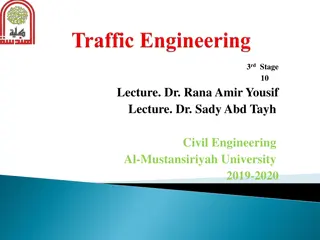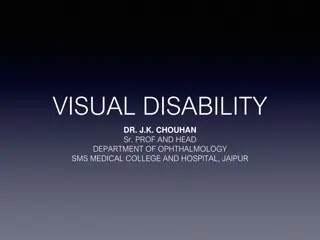textbook$ What Your Heart Needs for the Hard Days 52 Encouraging Truths to Hold On To [R.A.R]
\"[PDF] Download Universe: The Definitive Visual Guide Ebook | READ ONLINE\nFile Link => https:\/\/greatebook.club\/?book=0756698413\nDownload Universe: The Definitive Visual Guide read ebook Online PDF EPUB KINDLE\nUniverse: The Definitive Visual Guide download ebook PDF EPUB book in english langua
5 views • 1 slides
Understanding the Brain Stem and its Functions
Explore the intricate structures of the brain stem, including the midbrain, pons, and medulla oblongata. Learn about the functions of the cerebellum, its role in controlling postural reflexes and producing skilled movements. Discover the thick tracts connecting the cerebellum to the brain stem and t
8 views • 20 slides
Understanding the Brain: Stem, Midbrain, Pons, Medulla, and Cerebellum Functions
Explore the complex structures and functions of the brain, including the brain stem, midbrain, pons, medulla, and cerebellum. Discover how these regions play crucial roles in controlling reflexes, movements, and vital functions like respiration and posture. Learn about the thick tracts connecting th
7 views • 21 slides
Understanding Patterns of Behaviour in Zoology: An Overview
Behaviour in animals encompasses a wide range of responses to stimuli in their environment, with patterns that can be innate or learned. This comprehensive overview explores the different behavioural patterns, including tropism, taxis, reflexes, instincts, learning, and reasoning. The importance of
0 views • 17 slides
Understanding Cortical Visual Impairment in Infants
Cortical Visual Impairment (CVI) is a condition resulting from retrogeniculate brain damage that affects visual processing in infants. Commonly observed in premature infants, CVI can manifest as atypical behaviors like staring at lights, optic atrophy, and nystagmus. The causes range from structural
2 views • 23 slides
Hemostasis and Blood Coagulation Mechanisms Explained
Hemostasis refers to the prevention of blood loss through vascular constriction, platelet plug formation, blood clotting, and fibrous tissue growth. Vascular constriction occurs immediately after vessel damage, initiated by myogenic spasm, autacoid factors, and nervous reflexes. Platelet plug format
0 views • 25 slides
Short-Term Effects of Alcohol on the Body
Alcohol consumption has various short-term effects on the body, affecting the brain, liver, blood vessels, heart, kidneys, stomach, and driving abilities. It depresses brain activity, increases heart rate and blood pressure, and influences urine production. Driving under the influence of alcohol has
0 views • 12 slides
Understanding Gastric Motility and Secretion in the Stomach
This content delves into the intricate workings of the stomach, focusing on its motor functions, anatomical and physiological divisions, gastric reservoir, storage and mixing functions, and relaxation reflexes. It emphasizes the key roles of the stomach in storing and preparing food for digestion, a
0 views • 47 slides
Understanding Neonatal Reflexes in Newborn Babies
Newborn babies exhibit a range of primitive reflexes, including the Moro reflex, Glabellar Tap, Rooting and Sucking reflex, Tonic Neck reflex, Palmar and Plantar grasp reflexes. These reflexes serve as indicators for neurological development and function. Observing the presence and characteristics o
0 views • 13 slides
Understanding the Stages of General Anaesthesia in Veterinary Practice
Explore the four stages of general anaesthesia in animals, from the excitement and analgesia phase to delirium, surgical anaesthesia, and medullary paralysis. Learn about the criteria used to describe depth of anaesthesia and the specific characteristics of each stage. Dive into the complexities of
0 views • 14 slides
Understanding Gastric Motility and Secretion in the Stomach
The stomach plays a crucial role in food processing, acting as a reservoir, preparing chyme for digestion, and facilitating absorption. Divided anatomically and physiologically, it functions as a storage unit and mixing chamber for food. Key motor functions include storage, preparation for digestion
0 views • 49 slides
Understanding Accommodation and Convergence in Ophthalmology
This presentation by Dr. Ajai Agrawal covers the mechanisms of accommodation and convergence in the eye, essential for focusing at different distances. It discusses the anatomy, reflexes, and theories related to these processes, providing a comprehensive overview for students and professionals in th
0 views • 55 slides
Utilizing Instructional Aids in Teaching Pakistan Studies: Enhancing Learning Through Visual and Audio-Visual Materials
Learning and teaching in Pakistan Studies involve the use of instructional aids such as visual aids, audio aids, and audio-visual aids to enhance the teaching-learning process in schools. These aids help in¡n reinforcing knowledge, stimulating sensory organs, and facilitating quick comprehension fo
0 views • 26 slides
Understanding Visual Displays and Their Importance in Ergonomics
Visual displays are devices that present information about objects, events, or situations to you through your eyes. They play a crucial role in providing information efficiently and effectively. This summary explores the types of visual displays, such as auditory and tactile, and highlights the key
1 views • 25 slides
Understanding Animal Behavior: Instincts, Learning, and Social Interactions
Explore the intricate world of animal behavior, delving into instinctual reflexes at birth, learning processes such as habituation and conditioning, and the diverse types of behaviors animals exhibit, from sexual and maternal instincts to communicative and social interactions. Gain insights into how
0 views • 14 slides
Understanding Upper Limb Deep Tendon Reflexes Examination
Exploring the intricacies of upper limb deep tendon reflexes (DTR) examination, this comprehensive guide elaborates on the monosynaptic stretch reflex mechanism, protective role of stretch reflexes, grading of reflexes, factors influencing reflex activity, and reinforcement techniques like the Jendr
0 views • 28 slides
Understanding the Secretory Functions of the Alimentary Tract
This content delves into the secretory functions of the alimentary tract, focusing on the secretion of saliva and the role of mastication. It covers the anatomy of salivary glands, composition of saliva, control of secretion by the nervous system, and the functions of saliva in lubrication, protecti
1 views • 30 slides
Understanding Visual Impairments and Visual Skills in Students
Exploring the world of visual impairments, this resource delves into how individuals with blindness use their vision, the importance of visual acuity and field, and visual motor abilities. From driving to playing sports, the use of vision is crucial, with visual acuity determining clarity of sight a
3 views • 23 slides
Child Development Ages & Stages: From Infancy to Toddlerhood
This comprehensive guide outlines the various stages of child development from infancy to toddlerhood. It covers the physical, cognitive, and social milestones that infants and toddlers reach, including milestones such as grasping reflexes, babbling, crawling, and self-feeding. The content highlight
0 views • 25 slides
Exploring Infancy and Childhood Development
Developmental psychology delves into the changes individuals experience as they mature, from newborn reflexes to cognitive and emotional growth. Physical maturation, perceptual preferences, language acquisition, and cognitive developmental stages are all integral aspects shaping an individual's earl
2 views • 47 slides
Overview of Audio Description (AD) in Visual Media
Audio Description (AD) is a valuable assistive service for individuals with visual impairments, providing verbal narrations of visual elements in various audiovisual productions. Defined in different ways by experts in the field, AD aims to make audiovisual content accessible and enjoyable for the b
0 views • 12 slides
Understanding Reflexes: A Quick Guide to How They Work
Reflexes are rapid, involuntary responses that help protect our body from harm. They bypass the brain for speedy reactions, such as pulling away from a hot surface. This guide explains the reflex arc process and why reflexes are vital for our safety.
0 views • 10 slides
Understanding Infant Reflexes and Their Importance in Development
Explore the world of infant reflexes with a focus on assessing, defining, and understanding their significance in children's neuromuscular health. Learn about feeding reflexes, protection reflexes, and more, as well as how to observe and interpret a child's responses to different types of reflexes.
0 views • 17 slides
Understanding the Physiology of Postural Reflexes in Maintaining Body Equilibrium
Postural reflexes are automatic movements that help maintain body position and equilibrium during rest or movement. They involve a series of sensory stimuli and motor responses orchestrated by different components of the nervous system. Lesions in these reflex pathways can lead to postural control i
0 views • 30 slides
Understanding Posture and Equilibrium
Posture is the maintenance of an upright position against gravity, involving anti-gravity muscles and postural reflexes. It depends on factors like muscletone, pathways in the central nervous system, and sensory receptors. Postural reflexes are crucial for maintaining balance and coordinating moveme
0 views • 30 slides
Exploring Prenatal Development and Newborn Reflexes
Delve into the wonders of prenatal development from conception to birth, including the societal implications of delayed childbearing and ethical considerations like human cloning. Discover the stages of embryonic growth, the role of the placenta, and the impact of teratogens. Explore reflexes in com
0 views • 10 slides
Exploring Self-Supervised Audio-Visual Learning for Segmentation Tasks
Researchers from the Weizmann Institute of Science delve into the realm of self-supervised audio-visual learning for segmentation tasks, leveraging the correlation between visual and audio events to jointly train networks for enhanced understanding. Motivated by the potential of unsupervised learnin
0 views • 44 slides
Enhancing Website Validation with Customized IT Systems for Visual Content Analysis
Visual content analysis plays a crucial role in qualitative research, especially in analyzing website content. This paper explores the challenges of manually analyzing visual elements on web pages and proposes a customized IT system to streamline data gathering, enhance data integrity, and reduce re
1 views • 11 slides
Understanding Optimal Visual Correction in Ophthalmology
Providing optimal visual correction through the provision of spectacles in ophthalmology requires a blend of science and art. Ophthalmologists must possess knowledge and clinical experience to ensure each patient receives the best visual correction. Various concepts such as ametropia, optical correc
0 views • 27 slides
Effective Visual Aids in Presentations
Visual aids play a crucial role in enhancing communication and engagement during presentations. They can provide clarity, aid memory retention, and make the content more engaging for the audience. This guide covers the definition of visual aids, examples, importance, guidelines for presenting them e
0 views • 20 slides
The Significance of Visual Literacy in Today's World
Visual literacy is increasingly crucial in our modern society, with children learning and communicating through images. Understanding the hidden messages in visual content is vital for effective communication and learning. As technology evolves, the connection between visuals and knowledge becomes m
0 views • 21 slides
Gastric Motility and Secretion in the Stomach: Functions and Division Overview
The stomach plays crucial roles in food storage, chyme preparation, water absorption, and slow emptying into the small intestine. Its motor functions include maintaining a reservoir, mixing food, and facilitating relaxation reflexes for optimal digestion. Anatomically and physiologically, the stomac
0 views • 46 slides
Optometric Visual Rehabilitation for TBI/Poly-Trauma Patients: Principles and Considerations
Optometric Visual Rehabilitation involves the comprehensive treatment of visual system disorders, including binocular vision, accommodation issues, and more. Neural plasticity plays a key role in neuro-rehabilitation, allowing the brain to adapt and learn. The 10 principles of neural plasticity guid
0 views • 29 slides
Understanding Visual Processing and Visualization
Visualization, defined as the representation of data or concepts in visual form, is an active and constructive process involving both products and processes. Visual processing involves just enough processing to focus on salient stimuli, with attention playing a crucial role. Visual thinking and quer
0 views • 20 slides
Understanding Acute Visual Loss: Causes and Evaluation
Loss of vision can occur suddenly, affecting one or both eyes and various parts of the visual field. This guide explores the definition, pathophysiology, and evaluation of acute visual loss. Common causes include optic nerve diseases, retinal disorders, and vascular issues. The visual pathway from t
0 views • 37 slides
Driver Characteristics and Visual Acuity in Transportation Engineering
The course content focuses on the importance of considering driver characteristics, such as sensory perceptions and visual acuity, in transportation design. It discusses how drivers sense information through feeling, seeing, hearing, and smelling, emphasizing the role of visual acuity aspects like s
0 views • 22 slides
Understanding Blindness: Exploring Visual Perception Beyond Sight
This presentation delves into the philosophical biases surrounding blind individuals' capacity to comprehend visual arts. Through the exceptional case of Esref Armagan, a blind painter from Turkey, the audience is challenged to reconsider what blind people can understand about the visual world. The
0 views • 38 slides
Understanding Visual Disability and Certification Process in Ophthalmology
Visual disability, including blindness and low vision, is defined by specific criteria related to visual acuity and field of vision. Classification into different impairment categories is based on the severity of visual limitations. Certification of visual disability requires evaluation by a Medical
0 views • 5 slides
Enhancing Behavior Through Visual Support Strategies: Session Insights
Explore the second session of the Function Fridays for Better Behavior series focusing on utilizing visual strategies to address behavioral concerns effectively. The session covers functions of behavior, leveraging visual supports preventatively, and integrating timers into daily routines. Mitigate
0 views • 24 slides
Understanding Digital Image Processing Fundamentals
This content provides insights into the essential aspects of digital image processing, focusing on elements of visual perception, the structure of the eye, image formation, brightness adaptation, and discrimination. Explore how the human visual system, akin to a camera, processes visual information
1 views • 8 slides
![textbook$ What Your Heart Needs for the Hard Days 52 Encouraging Truths to Hold On To [R.A.R]](/thumb/9838/textbook-what-your-heart-needs-for-the-hard-days-52-encouraging-truths-to-hold-on-to-r-a-r.jpg)
